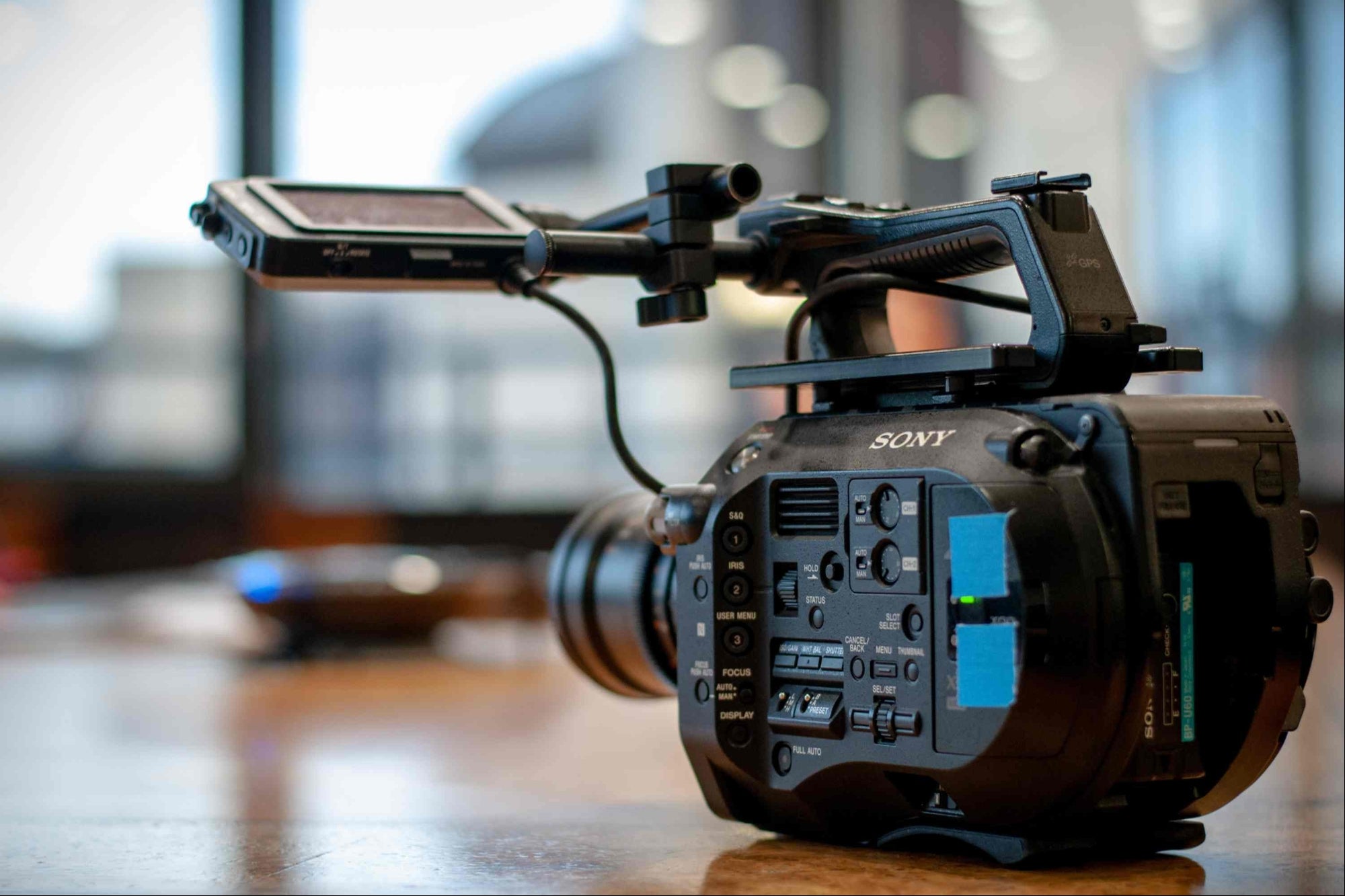The Creator Economy Boom The creator economy is going through a paradigm shift and it is only the beginning
By S Shanthi
Opinions expressed by Entrepreneur contributors are their own.
You're reading Entrepreneur India, an international franchise of Entrepreneur Media.

'Creator economy' has become one of the buzzwords this year in India's startup ecosystem. Content creators have gained widespread popularity amongst a wide range of audiences for their creative and engaging content. A lot of them are leveraging this popularity to make a living by monetizing their passions. From brand endorsements or brand promotions to participating in various challenges and campaigns initiated by social media platforms, there are many avenues today for these creators to earn money.
Short-video apps and social media giants such as YouTube, Instagram Reels, Snapchat have also launched creator funds looking at the massive opportunity in the short-video segment. And, one of the first beneficiaries of the rise of creators is startups. With the help of content creators and micro-influencers, they today have access to a large user base at significantly lower costs. Additionally, some creators have launched their own brands as well. For instance, Nikhil, popularly called YouTube ka Salman Khan, with over 3.69 million subscribers on YouTube has launched his brand LabelMN that sells t-shirts and other fashion accessories.
The creator economy is going through a paradigm shift and it seems to be just the beginning. "Creators have more monetization opportunities than ever. Instagram creators have been launching fashion and lifestyle brands, writers can launch paid newsletters. Business influencers get consulting opportunities and speaking gigs," said Tamiesh Sood, a D2C expert and founder of TAM Collective.
Besides the pandemic-induced lockdown, which was instrumental in boosting the creator economy's rapid growth, there are few other factors that have led to the boom.
The Key Enablers
The emergence of low-code tools, the percolation of 4G network across India and the affordability of high-speed Internet has led to a significant rise in the consumption of content thereby leading to more content creators.
"As per my experience, the basic thought that anyone can become a creator is the key factor behind the booming creator economy. In addition to different social media platforms with global outreach, the short-video ecosystem is a major catalyst in driving the growth at a pan-India level. The short-video content consumption saw an enormous rise during the lockdown, and it was further aided with the emergence of homegrown apps like Sharechat, Josh and MX Takatak, which have an outreach beyond metro cities, even in tier II and tier III parts of India," said Prerna Goel, the co-founder and chief marketing officer at WhizCo, a digital marketing agency.
Availability of information and how-to tutorials have helped everyone grasp concepts such as content creation, blogging, social media marketing and digital marketing allowing them to market their content better. "Vernacular language support has allowed even non-English speakers to get online and showcase their abilities in all types of content, be it music, dancing, singing or content. Additionally, monetization of social media, UPI, and online payment through platforms such as Patreon, Indiegogo has enabled creators to earn," said Sharmin Ali, founder and CEO, Instoried, an AI-based content intelligence platform.
In this new ecosystem, creators are the new currency, believe experts. "Decrease in barrier to entry to micro-entrepreneurship due to increase in the number of marketplaces, no-code technology platforms, more tools than ever to showcase creativity and build an audience is causing the paradigm shift," said Shashank Randev, founder VC, 100X.VC.
A lot of brands tried their hands at gaining popularity on social media but very few succeeded in spite of spending a lot of money on marketing. At the same time, individual content creators saw unprecedented growth in their followers count on social media during the pandemic. "A lot of them realized that their social media accounts have turned into brands in itself and they tapped into the massive market of influencer economy where advertisers and brands are spending dollars to tap into influencer's social media following. This is what led to the rise of the creator economy," said Harish Uthayakumar, a YouTuber and founder of BlueLearn.
Opportunities To Monetize
Content creators are no longer tied to one revenue source or monetization. "In most cases, they are only limited by their imagination. Today, content creators are monetizing their talents in several innovative ways such as sponsored content, gig marketplaces such as Fiverr and Upwork and freelancing. Additionally, there is an option of crowdsourcing, where creators earn money from their subscribers through memberships and contributions. Platforms such as Patreon and Indiegogo help creators earn from followers and patrons directly through contributions," said Instoried's Ali.
Domain expertise of creators today extends to many areas such as photography, baking, painting, fashion and even essential business skills which they aren't just using to entertain their audience but also teach and upskill them. "They are essentially democratizing education for all as historically, courses on these disciplines were expensive if at all available online. The people wanting to learn these skills now have more options that are also affordable and they are the key beneficiaries of this surge in popularity of creators," said Mukul Rustagi, co-founder and CEO, Classplus.
The startup offers these creators their own branded app and supports them through a digital ecosystem designed specifically for learning where they can create and sell their educational content online.
Today, creators are making money through brand endorsements or promotions. They are gaining popularity as well as making money by participating in various challenges and campaigns initiated by social media platforms. For instance, in the past six months, social video platform, Lomotif, has introduced various challenges and campaigns in India such as Dance Remix challenge, Danceoff challenge and You've Been Scouted campaign. "Through these campaigns and challenges, we wanted to give a platform to our creators to monetize their talent and as well as earn fame and recognition. We build a robust repertoire for brands across categories such as travel, gaming, beauty, fashion and lifestyle, and sports. The platform will provide them access to specially targeted interest-based communities, that will aid in expanding the consumer base, engagement, and relatability," Paul Yang, founder and CEO, Lomotif.
Traditional ways of advertising and brand collaboration are the main ways through which most creators monetize. But recently a lot of creators are turning into business owners. For example, BlueLearn was started by Harish Uthayakumar as a project for his YouTube channel but it turned into a VC scale startup backed by LightSpeed and Titan. Ranveer Allahbadia started Monk Entertainment using his influence in the YouTube creator economy. "As more and more creators realize that the impact that they create could be much larger than mere brand promotions, we'll see a rise of more creator led startups," said Harish Uthayakumar, founder of BlueLearn, which is a marketplace of different clubs or communities such as English communication, entrepreneurship, finance, design, music, that people can subscribe to.
Betting On Growth
The creator economy is still at a nascent stage but investors and entrepreneurs are betting big on its growth. "Creators will gain celebrity status and garner followers to the tunes of millions. They will move from social media to their own platforms to be able to monetize their content better. Also, as their revenues increase, creators will be more willing to invest more in their content which will help their audiences," predicts Classplus' Rustagi.
The companies are establishing the rules of the game and there is increased experimentation from content creators in terms of newer formats, methods of monetization and platforms to gain followers. "Consumers too are slowly starting to judge creators on merit and innovation and not just quantity. It is no longer enough to make a video or draw a caricature, you need to get innovative with your content concept and presentation to enthrall consumers," said Instoried's Ali.
One disadvantage is on most platforms, the top 10 per cent of creators make 90 per cent of the revenues. "While a number of companies are trying to provide new ways for creators to earn money, there is still a huge inequality in terms of where the money is concentrated," said 100X.VC's Randev.
Another major disadvantage of the creator economy is its lack of accountability for creators. "More established content creators and content collectives such as OML behave as organizations and often commit to companies in terms of what the performance of sponsored content would be. The lesser-known, independent creators are not often clear on when their next creation would come out," said Instoried's Ali.
Besides some of these challenges, India in many ways is leading the pack in terms of global trends in content creation. It is a win-win for all stakeholders. Creators get to live their passion while earning money, consumers have access to a myriad of content across platforms and brands gain reach by leveraging the popularity of these creators.










